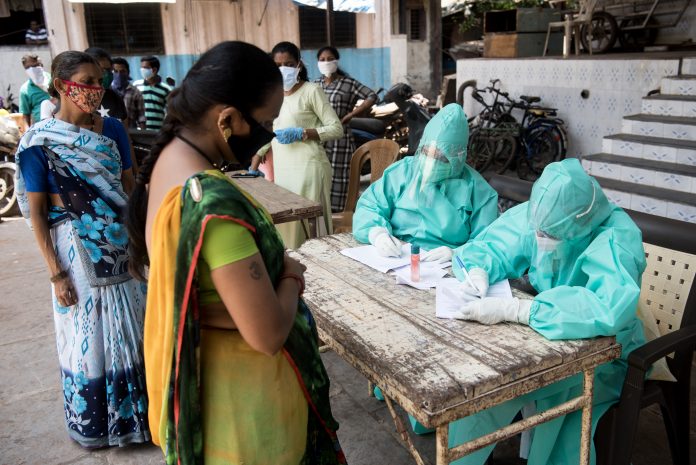In February, 16% of the world’s population pre-ordered 70% of available 2021 COVID vaccines – now, researchers at Colombia University find that poorer countries won’t be able to vaccinate their population until 2023
While the UK and US rollout hugely successful vaccination schemes, only 0.1% of COVID vaccines have actually been delivered in low-income countries. When it comes to this global race for vaccine access, some institutions point to their COVAX donations and ignore their participation in discriminatory policies, such as the TRIPS Agreement.
A team at Columbia University Mailman School of Public Health examined how refugees and displaced populations would struggle to access the COVID vaccine – especially in low-income countries, where over 80% of refugees live.
Why are some countries not using the COVID vaccine?
Right now, the lowest prices drugmakers have given to any country is $5 to $62 per course. This is unaffordable for several low-income countries, so they remain at the end of the waiting list for COVID vaccines.
As of 1 April, richer countries received 86% of the vaccine doses delivered across the whole world.
Author S. Patrick Kachur, MD, professor of population and family health at Columbia Mailman School, commented: “As the world confronts one of the most formidable public health challenges in recent history, how we respond today will not only determine the course of this pandemic, but also who benefits from public health advances for years to come.”
What about COVAX?
The COVAX scheme was created by the World Health Organisation to theoretically stop this devastating inequality of vaccine access – but the 2 billion doses available to the facility in 2021 will only cover 20% of poorer countries populations. Within that number, 5% of available doses will go to refugees and internally displaced individuals.
According to the data, poorer countries may not be able to widely vaccinate their populations until 2023.
While the COVAX operation sounds good on paper, in reality, the lack of available vaccines means that this scheme can’t make any meaningful progress.
Currently, intellectual property limitations stop poorer countries from manufacturing the vaccine themselves.
Currently, intellectual property limitations stop poorer countries from manufacturing the vaccine themselves. In Bangladesh, factories stand empty and ready. But taking any action would result in an expensive lawsuit for the Government from pharmaceutical companies.
Rachel Thrasher, Research Fellow at the Global Development Policy Center in Boston, said: “There is growing evidence that perhaps qualified producers around the world stand ready to contribute to the production of more vaccines.
“Despite an unknown timeline, there is a real possibility that the TRIPS waiver may make it possible for a huge increase in vaccine production, not to mention the production of other COVID-19 treatments and equipment.”
‘A double burden of access’
“As the world grapples with supply challenges and inequitable vaccine access on local and global scales, marginalized groups, particularly refugees, internally displaced persons and stateless persons, face a double burden of access, even within countries that are themselves marginalized on the global stage,” said Monette Zard, MA, Allan Rosenfield Associate Professor of Forced Migration and Health and director of the forced migration and health program at Columbia Mailman School.
“Legal status should have no place in decisions about vaccine access, and relying on regularization as a route to vaccination will unacceptably delay the protective effects for migrants and refugees, particularly in higher risk groups.”











